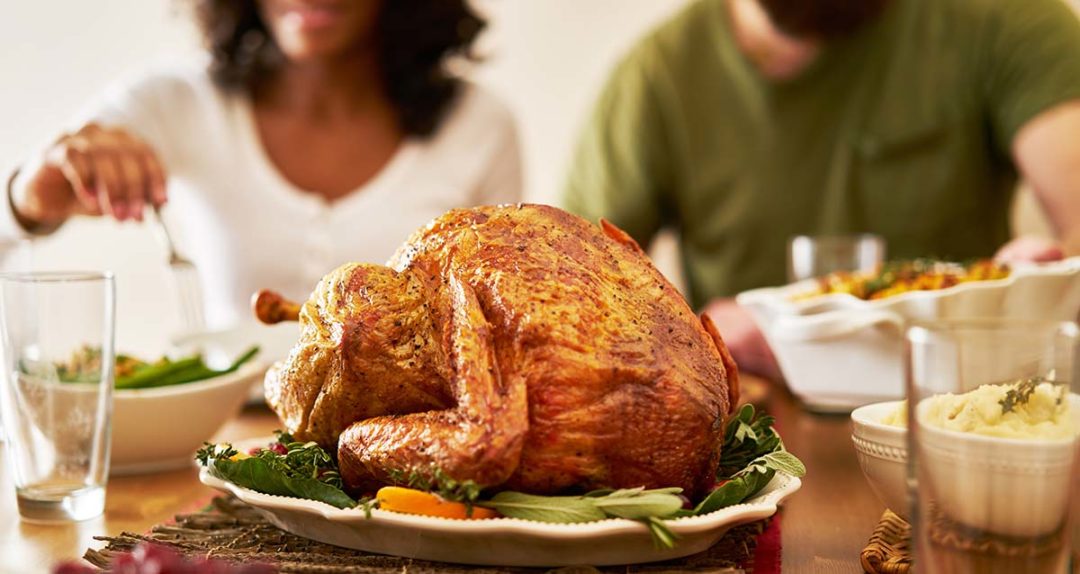KANSAS CITY, Mo. — It’s probably no surprise that this year’s Thanksgiving dinner will cost more than last year’s meal. According to the American Farm Bureau Federation’s 37th annual Thanksgiving dinner price survey, hosts will spend approximately $64.05 to feed 10 people a traditional Thanksgiving menu while ensuring there’s enough food for leftovers. This price is about 20% higher than last year and 37% higher than in 2020.
Roger Cryan, chief economist for the AFBF, said several factors, but mostly general inflation, was behind the rise in prices.
"Other contributing factors to the increased cost for the meal include supply chain disruptions and the war in Ukraine,” Cryan said. “The higher retail turkey cost at the grocery store can also be attributed to a slightly smaller flock this year, increased feed costs and lighter processing weights.”
The menu included one 16-lb frozen turkey, pumpkin pie mix, one gallon of whole milk, carrots and celery, rolls with butter, pie shells, green peas, fresh cranberries, whipping cream, sweet potatoes and a 14-oz bag of cubed stuffing. Adding supplemental holiday favorites like ham, russet potatoes and frozen green beans increased the overall cost by 27% to $81.30.
Products with the largest price jump included the bag of cubed stuffing mix at $3.88, up 69%, two frozen pie crusts at $3.68, up 26%, and a half pint of whipping cream at $2.24, up 26%. The only item that was priced lower was a 12-oz bag of fresh cranberries at $2.57, down 14% from last year.
The cost of frozen turkeys increased by 21% to $1.81 per lb, but prices typically decline as Thanksgiving approaches. The US Department of Agriculture’s Agricultural Marketing said frozen turkeys during the week of Nov. 3-9 were priced at $1.11 per lb, down 37%, and the price further dropped by 14% to $0.95 per lb during the week of Nov. 10-16.
Shoppers also noticed that there were regional price differences. The Thanksgiving meal was cheapest in the South at $58.42 and most expensive in the West at $71.37. The meal cost $64.02 in the Northeast and $64.26 in the Midwest.
The survey was conducted by 224 volunteer shoppers who assessed pricing data from all 50 states and Puerto Rico at grocery stores through in-person visits, websites and store apps. The shoppers looked for the most economical products without utilizing store promotions or coupons.

